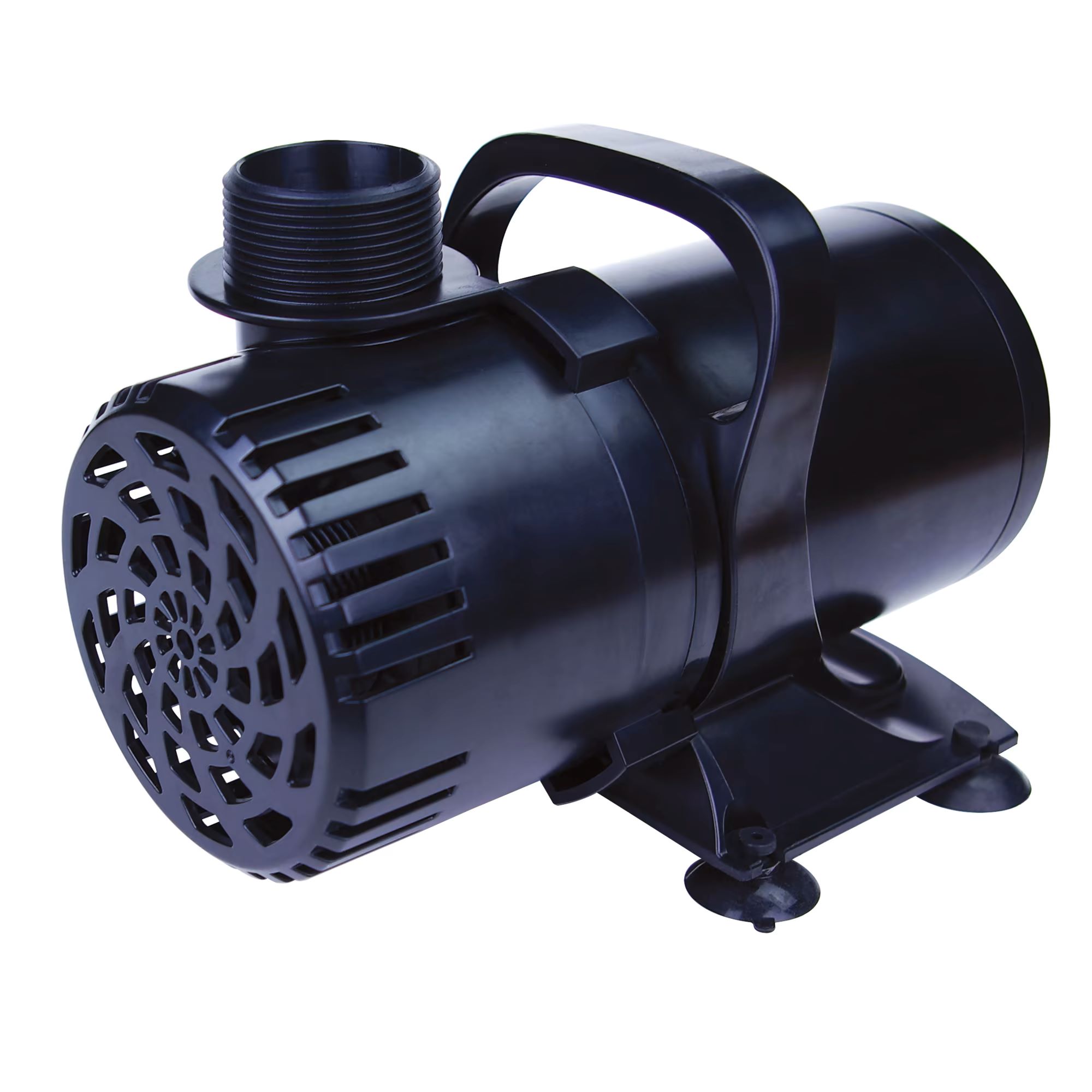

Articles
What Does Gph Mean On A Water Pump
Modified: December 7, 2023
Discover what the abbreviation "GPH" stands for on a water pump and how it relates to its performance. Read our informative articles on this topic.
(Many of the links in this article redirect to a specific reviewed product. Your purchase of these products through affiliate links helps to generate commission for Storables.com, at no extra cost. Learn more)
Introduction
Water pumps are essential tools used to move water from one place to another. Whether you need to drain a pool, irrigate your garden, or remove water from a flooded basement, a water pump is a reliable and efficient solution. However, understanding the technical specifications of water pumps can be intimidating, especially for beginners.
One common term you might come across when researching water pumps is GPH. But what does GPH mean? In this article, we will explore what GPH stands for and why it is an important factor to consider when choosing a water pump.
So, let’s dive in and unravel the mystery of GPH in the world of water pumps.
Key Takeaways:
- GPH, or Gallons Per Hour, is a crucial specification when choosing a water pump, directly impacting its performance, efficiency, and suitability for specific tasks.
- Factors such as pump type, size, power, speed, head pressure, pipe diameter, and system restrictions all play a role in determining the GPH rating of a water pump, making it essential to consider these factors when selecting the right pump for your needs.
Read more: What Does The Water Pump Do In An Rv
Understanding Water Pumps
Before we delve into the meaning of GPH, let’s first gain a basic understanding of water pumps. Water pumps are mechanical devices designed to move water from one location to another. They come in various types, such as submersible pumps, centrifugal pumps, and diaphragm pumps, each suited for different applications.
Water pumps are commonly used in a wide range of situations, including residential, commercial, and industrial settings. They can be used for tasks such as draining pools, emptying flooded basements, providing water to irrigation systems, and maintaining water circulation in aquariums.
Water pumps consist of several components, including an electric motor or engine, an impeller or rotor, an inlet, and an outlet. When the motor or engine is activated, it drives the impeller, creating a vacuum effect that sucks water in through the inlet. The impeller then spins rapidly, propelling the water out through the outlet, generating water flow.
Now that we have a basic understanding of water pumps, let’s explore the meaning and significance of GPH.
What is GPH?
GPH stands for “Gallons Per Hour.” It is a measurement used to indicate the flow rate or capacity of a water pump. Simply put, GPH represents the number of gallons of water that a pump can move within an hour’s time.
GPH is an important specification to consider when selecting a water pump because it directly relates to the pump’s ability to handle various tasks effectively. The higher the GPH rating, the greater the volume of water the pump can move per hour.
For example, a water pump with a GPH rating of 200 might be sufficient for small-scale applications such as aquariums or tabletop water features. On the other hand, a pump with a GPH rating of 2000 or more would be suitable for larger applications like draining swimming pools or irrigating extensive gardens.
It’s important to note that GPH is an estimate under ideal conditions. Factors such as the height and distance the water needs to be pumped, as well as any obstacles or restrictions in the plumbing system, can affect the actual flow rate. However, GPH provides a useful benchmark for comparing different water pumps and determining their suitability for specific tasks.
Next, let’s explore why GPH is such a crucial consideration when choosing a water pump.
Importance of GPH in Water Pumps
GPH plays a vital role in determining the performance and efficiency of a water pump. Understanding the importance of GPH can help you make an informed decision when selecting a pump for your specific needs.
1. Efficiency: The GPH rating of a water pump reflects its efficiency in moving water. A higher GPH rating indicates that the pump can move a larger volume of water in a given amount of time. This can be crucial in situations where you need to quickly drain water or maintain a certain water flow rate.
2. Time-saving: If you have a task that requires moving a significant amount of water, choosing a pump with a higher GPH rating can save you valuable time. The faster the pump can move water, the quicker you can complete your task. This is especially important in time-sensitive scenarios, such as preventing flooding or draining large bodies of water.
3. Versatility: The GPH rating allows you to determine the pump’s versatility and suitability for different applications. If you have multiple tasks that require water pumping, having a pump with a high GPH rating provides flexibility and ensures it can handle a variety of scenarios. Whether you need to fill a pool or water a large garden, a higher GPH pump can meet your needs.
4. Maintenance: Consideration of the GPH rating is also crucial for the maintenance and longevity of your pump. Pumps that are consistently running below their recommended GPH rating can be prone to premature wear and damage. Selecting a pump with an appropriate GPH rating for your specific requirements helps ensure the pump operates optimally and reduces the risk of unnecessary repairs or replacements.
Remember, while GPH is an important factor to consider, it is not the sole determinant of a water pump’s performance. Other factors, such as the pump’s head pressure, power consumption, and build quality, should also be taken into account when making your decision.
Now, let’s explore the factors that can affect the GPH rating of a water pump.
When looking at a water pump, GPH stands for “gallons per hour” and is a measure of the pump’s flow rate. It indicates how many gallons of water the pump can move in an hour, helping you choose the right pump for your needs.
Factors Affecting GPH
Several factors can affect the GPH (Gallons Per Hour) rating of a water pump. Understanding these factors can help you choose the right pump for your specific needs and ensure optimal performance.
1. Pump Type: Different types of water pumps have varying GPH capabilities. Submersible pumps, for example, are designed to work underwater and typically have higher GPH ratings compared to surface pumps. Centrifugal pumps, on the other hand, are commonly used for high-flow applications and may have higher GPH ratings as well.
2. Pump Size and Power: The physical size and power of a water pump play a significant role in determining its GPH rating. Generally, larger and more powerful pumps have the capacity to move a greater volume of water per hour, resulting in a higher GPH rating.
3. Pump Speed and Head Pressure: The speed at which the impeller of a water pump rotates, as well as the head pressure it can generate, can impact the GPH rating. Higher speed and greater head pressure generally result in a higher GPH rating, as the pump can push water more efficiently against resistance.
4. Pipe Diameter and Length: The size and length of the pipes connected to the pump can affect the GPH rating. Narrower pipes or longer pipe lengths can introduce more friction and resistance, reducing the actual flow rate and potentially lowering the GPH output of the pump.
5. System Restrictions: Any obstructions or restrictions in the plumbing system, such as valves, bends, or filters, can impede the flow of water and affect the GPH rating. It’s essential to consider the overall plumbing system and ensure it is optimized for the desired flow rate to achieve the expected GPH output.
It’s important to note that these factors can interact and impact each other, making it necessary to assess them in combination when determining the GPH rating of a water pump in a specific setup.
Now that we understand the factors affecting GPH, let’s move on to the calculation of GPH for water pumps.
Read more: What Does Water Pump Do In A Car
Calculating GPH for Water Pumps
Calculating the GPH (Gallons Per Hour) for a water pump is essential to ensure its compatibility with your specific needs. While the GPH rating provided by manufacturers offers a general estimation, you may want to calculate the actual GPH based on your setup and requirements.
To calculate the GPH, you need to consider two main factors: the pump’s flow rate and the runtime. The flow rate refers to the volume of water the pump can move in a given time, while the runtime is the duration for which the pump will operate.
To determine the flow rate, you can measure the amount of water the pump can move in a minute. Fill a container with a known volume, say one gallon, and time how long it takes for the pump to empty that container. If it takes one minute, then the flow rate is one gallon per minute.
Once you have the flow rate in GPM (Gallons Per Minute), you can multiply it by 60 to convert it to GPH. For example, if your pump has a flow rate of 10 GPM, the calculated GPH would be 10 x 60 = 600 GPH.
Next, you need to consider the runtime. Determine how long you intend to run the pump continuously. This could be an hour, several hours, or even a full day. Multiply the calculated GPH by the runtime to get the total gallons the pump can move within that period. For example, if you run the pump for 4 hours with a calculated GPH of 600, the total gallons moved would be 600 x 4 = 2400 gallons.
It’s important to note that the actual GPH may vary based on factors such as head pressure, pipe diameter, and any restrictions in the plumbing system. These factors can affect the pump’s performance and result in a slightly lower GPH output than the calculated value.
By calculating the GPH, you can have a more accurate understanding of the pump’s capabilities and ensure it aligns with your specific tasks and requirements.
Now that we know how to calculate GPH, let’s explore how to compare GPH ratings when choosing a water pump.
Comparing GPH Ratings
When selecting a water pump, comparing GPH (Gallons Per Hour) ratings is an important step. Understanding how to compare these ratings can help you determine which pump is best suited for your specific needs.
1. Consider your requirements: Start by assessing your specific pumping needs. Determine the tasks you will be using the pump for and estimate the required volume of water to be moved within a certain timeframe. This will give you a baseline for the GPH rating you should be looking for in a water pump.
2. Compare against your requirements: Look for water pumps that have GPH ratings that meet or exceed your estimated needs. If you need to move a large volume of water within a short period, it’s crucial to choose a pump with a higher GPH rating. Keep in mind that a pump with a higher GPH rating may be more expensive or consume more energy, so it’s important to strike a balance between performance and budget.
3. Consider other factors: While GPH is an important consideration, it’s not the only factor to assess when comparing water pumps. Take into account additional specifications such as head pressure, power consumption, pump size, and durability. A pump with a higher GPH rating may not necessarily be the best choice if it doesn’t meet other critical requirements for your specific application.
4. Read reviews and seek recommendations: To get a more accurate understanding of a pump’s performance, seek reviews from other users or industry experts who have experience with the specific models you are considering. Pay attention to their feedback regarding the GPH rating and whether it aligns with the manufacturer’s claims.
5. Consider the plumbing system and restrictions: Keep in mind that the actual GPH output of a pump can be affected by factors such as pipe diameter, length, and any restrictions in the plumbing system. Ensure that the pump’s GPH rating aligns with the expected flow rate in your specific setup, accounting for any potential limitations imposed by the plumbing system.
By carefully comparing GPH ratings and considering other relevant factors, you can make an informed decision and choose a water pump that best matches your pumping requirements and budget.
Now that we’ve discussed comparing GPH ratings, let’s conclude our exploration of GPH in water pumps.
Conclusion
The GPH (Gallons Per Hour) rating is a crucial specification to consider when choosing a water pump. It represents the pump’s capacity to move water within a specific timeframe and directly impacts its performance and efficiency.
Understanding the meaning of GPH and its importance allows you to make an informed decision when selecting a water pump. A higher GPH rating often translates to a more powerful and efficient pump that can handle tasks requiring a larger volume of water or faster pumping speed.
Factors such as pump type, size, power, speed, head pressure, pipe diameter, and system restrictions all play a role in determining the GPH rating of a water pump. Considering these factors will help you assess the suitability of a pump for your specific needs and ensure optimal performance.
Calculating the GPH based on the flow rate and runtime can provide a more accurate understanding of a pump’s capabilities. Additionally, comparing GPH ratings across different pumps enables you to select the one that best matches your requirements and budget.
Remember that GPH is just one aspect to consider when choosing a water pump. It is essential to also evaluate other factors such as head pressure, power consumption, pump size, and overall durability to make a well-rounded decision.
By understanding GPH and its significance in water pumps, you can confidently select a pump that not only meets your pumping needs but also delivers efficient and reliable performance for years to come.
We hope this article has provided you with valuable insights into GPH on water pumps. Now, you can make an informed decision when it comes to selecting the right water pump for your specific requirements.
Frequently Asked Questions about What Does Gph Mean On A Water Pump
Was this page helpful?
At Storables.com, we guarantee accurate and reliable information. Our content, validated by Expert Board Contributors, is crafted following stringent Editorial Policies. We're committed to providing you with well-researched, expert-backed insights for all your informational needs.
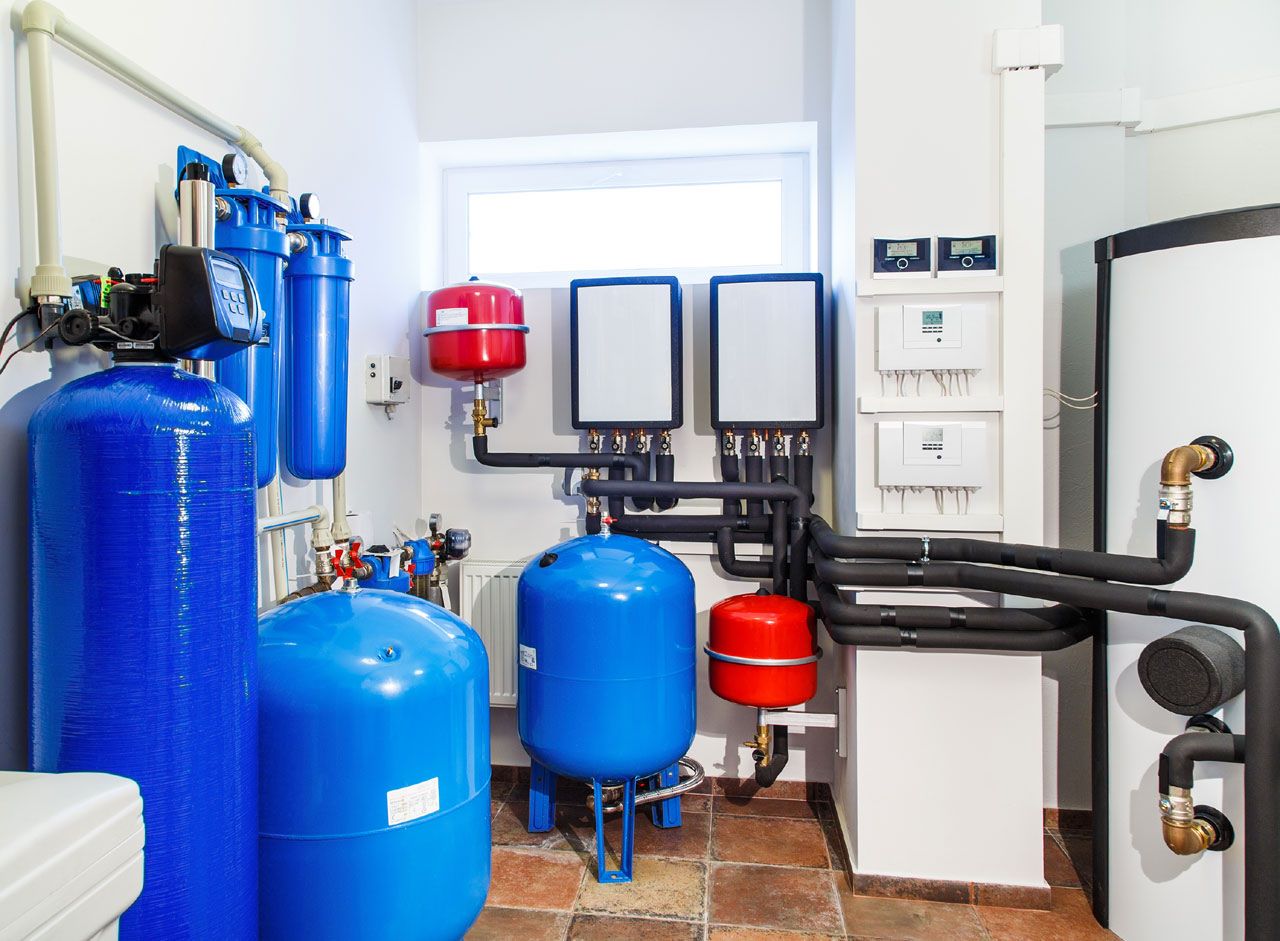
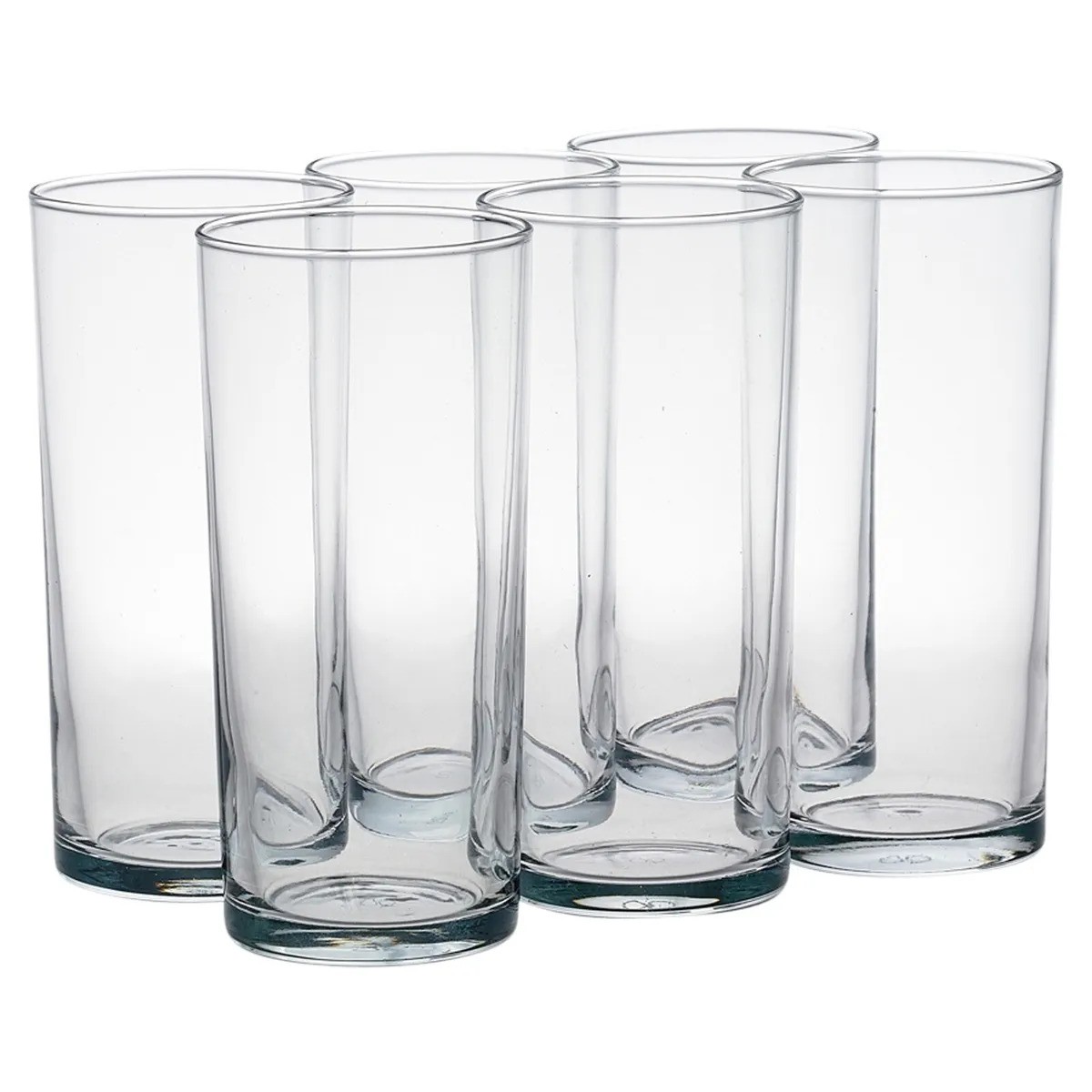

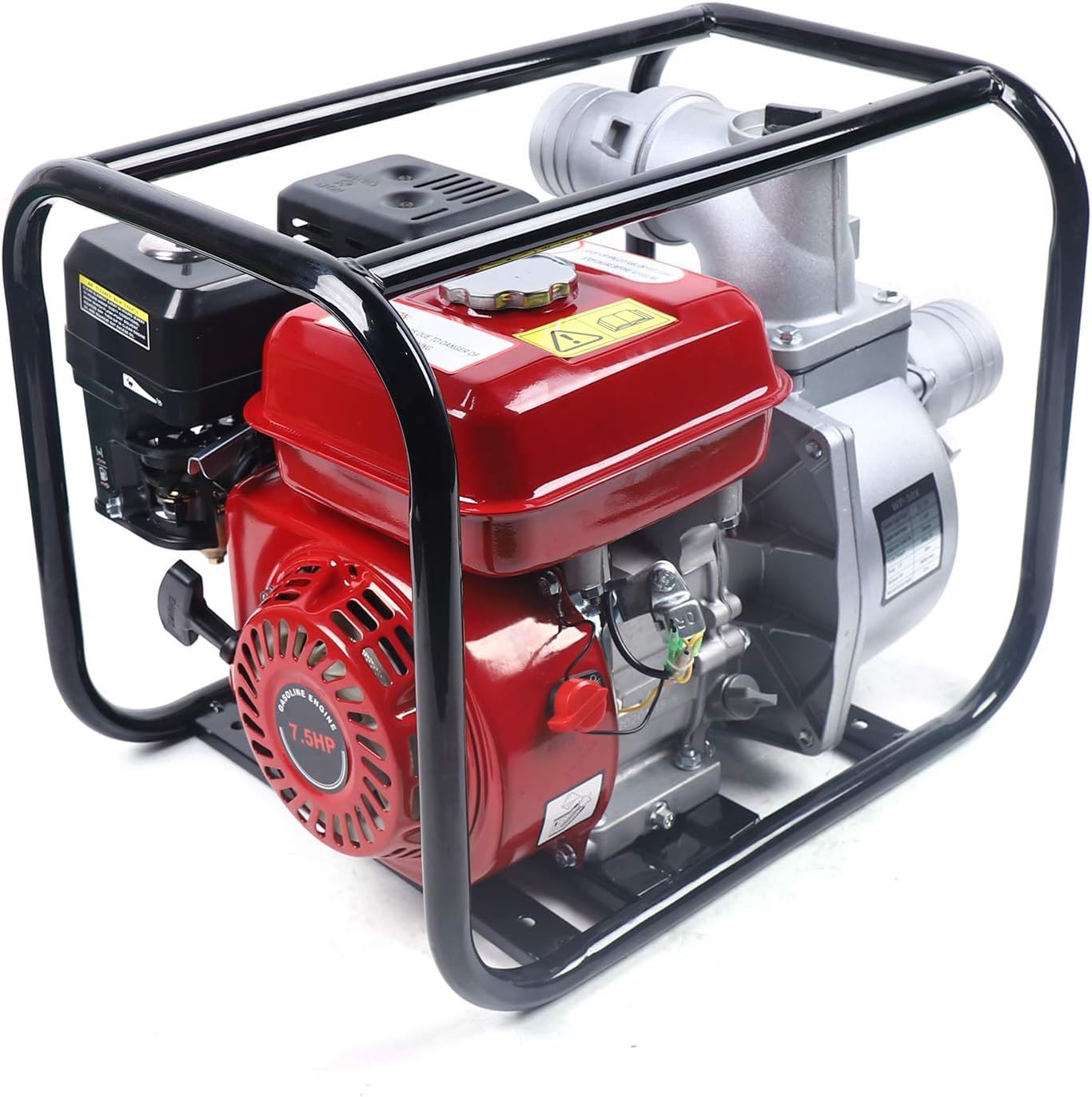
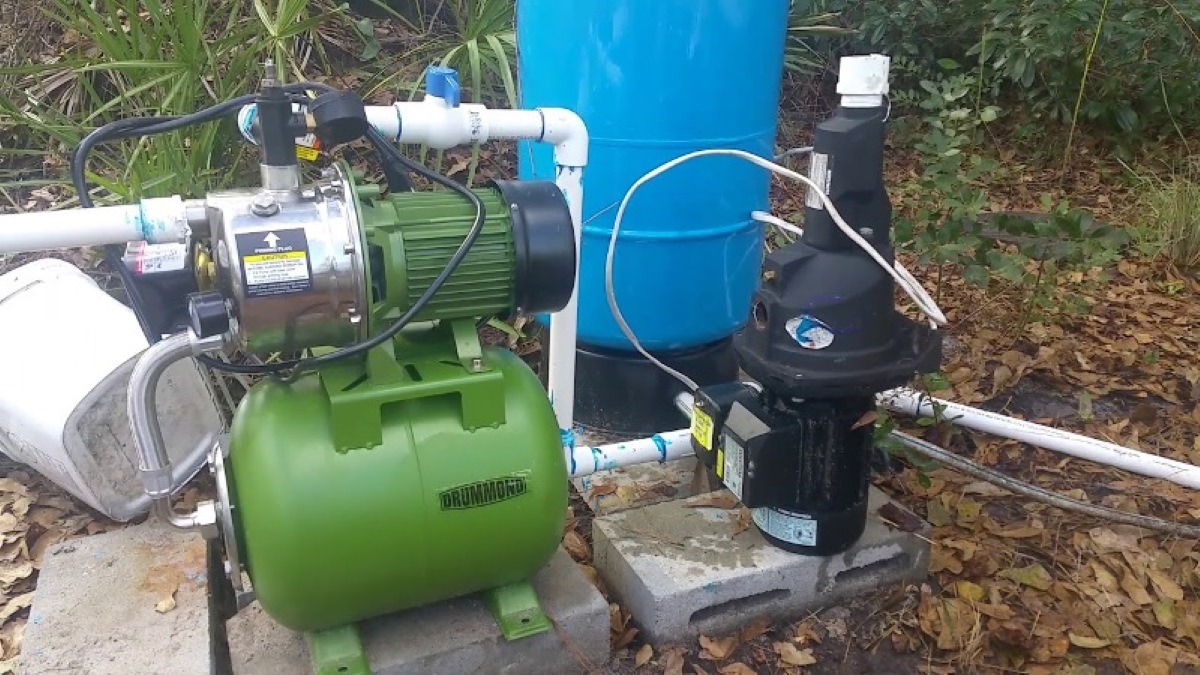
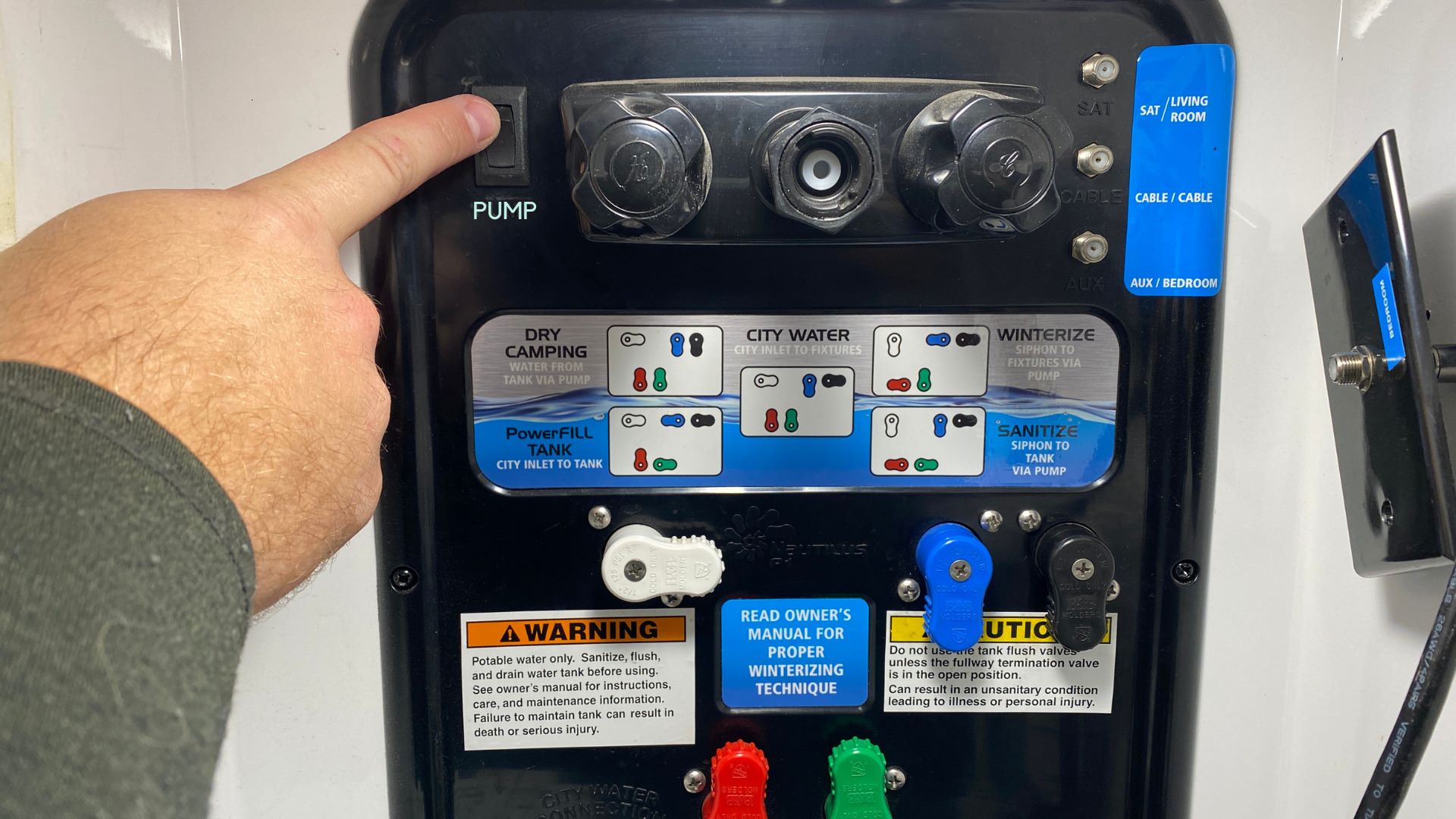
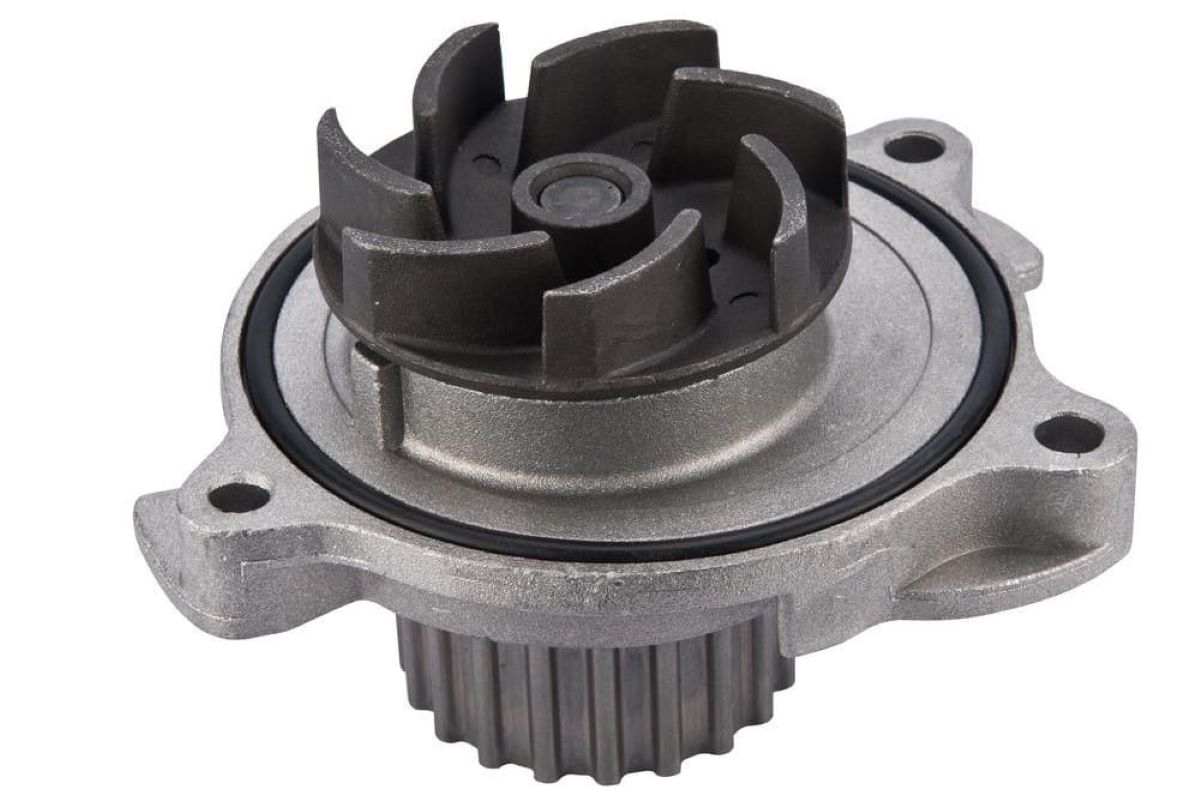
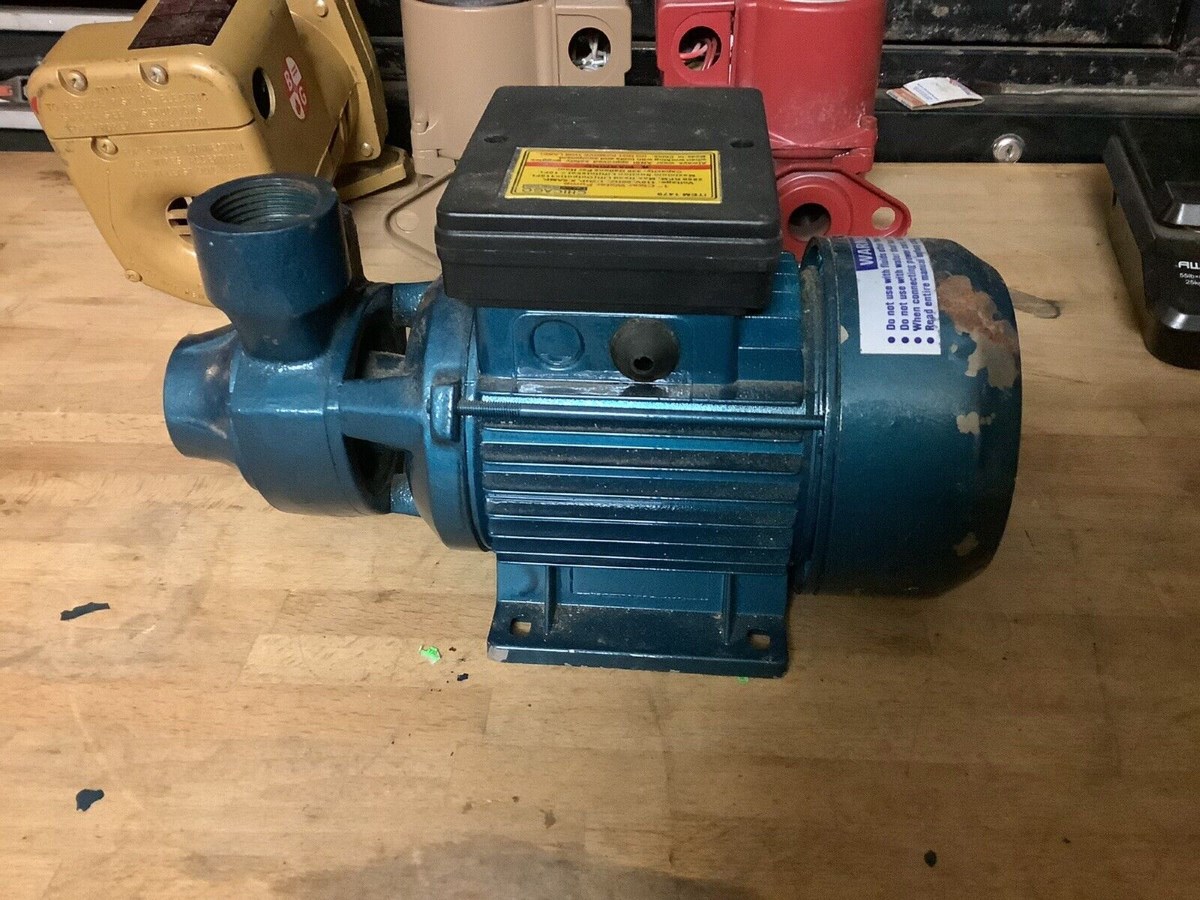

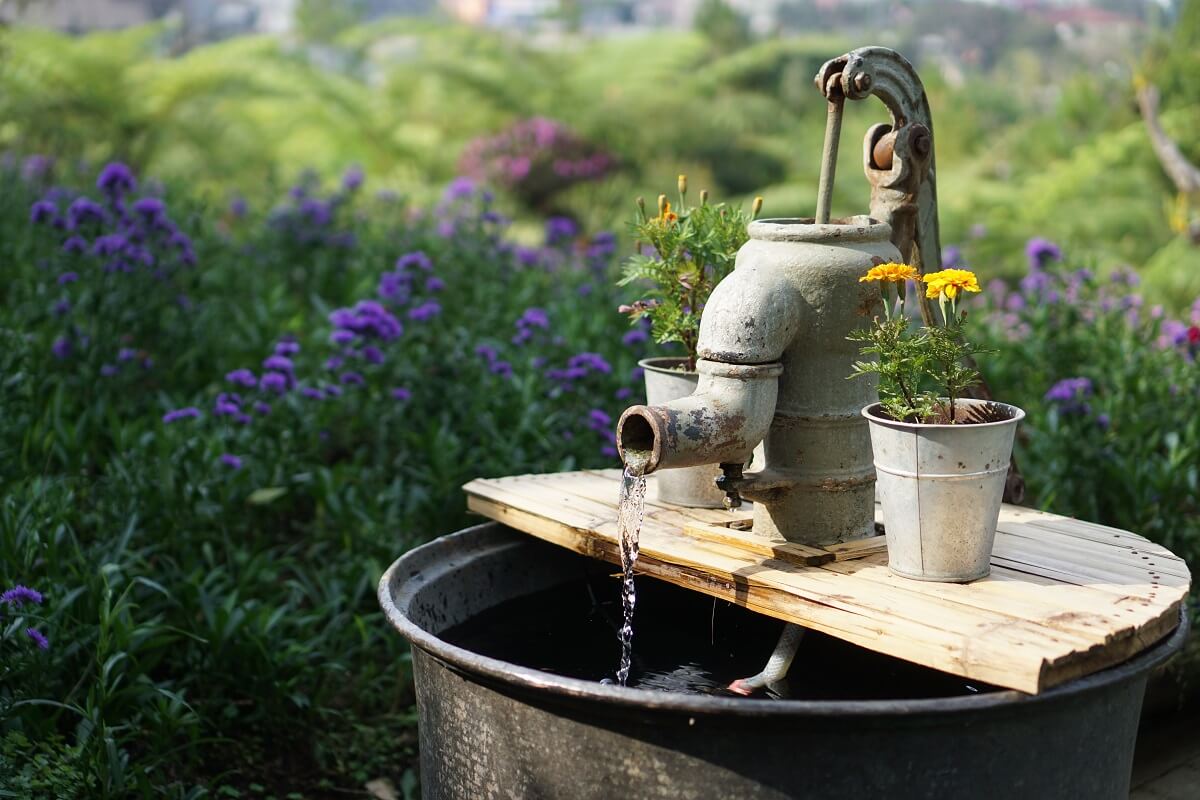
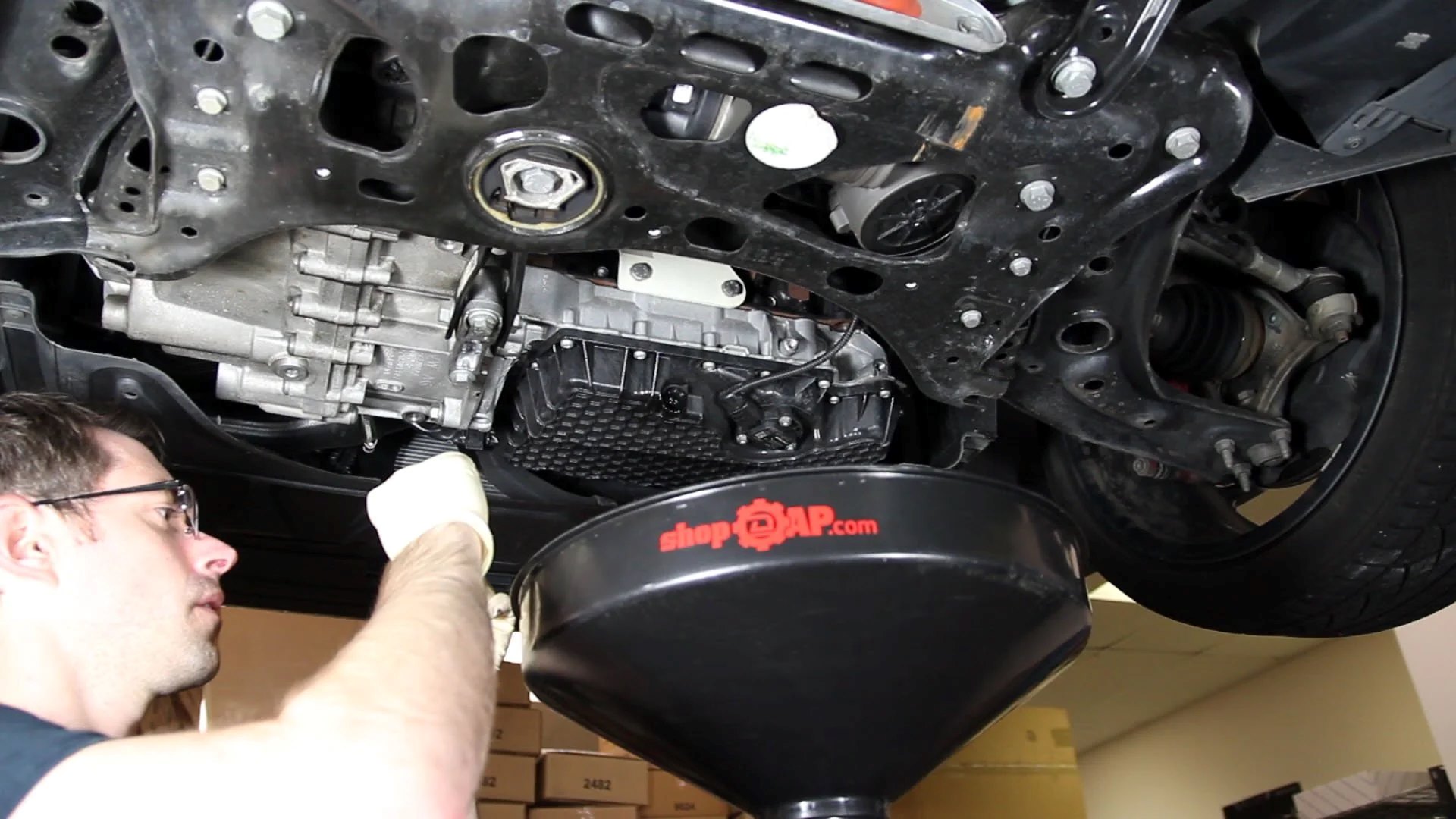
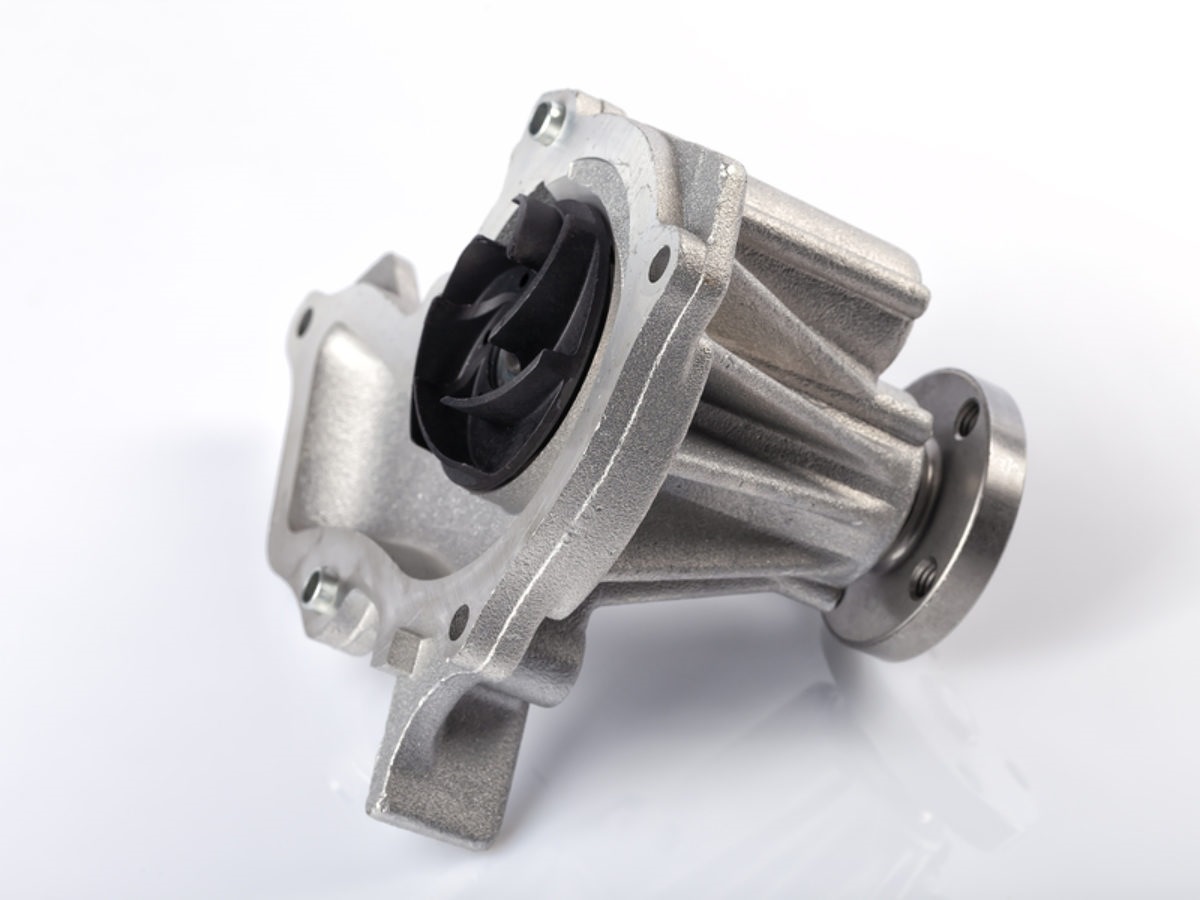
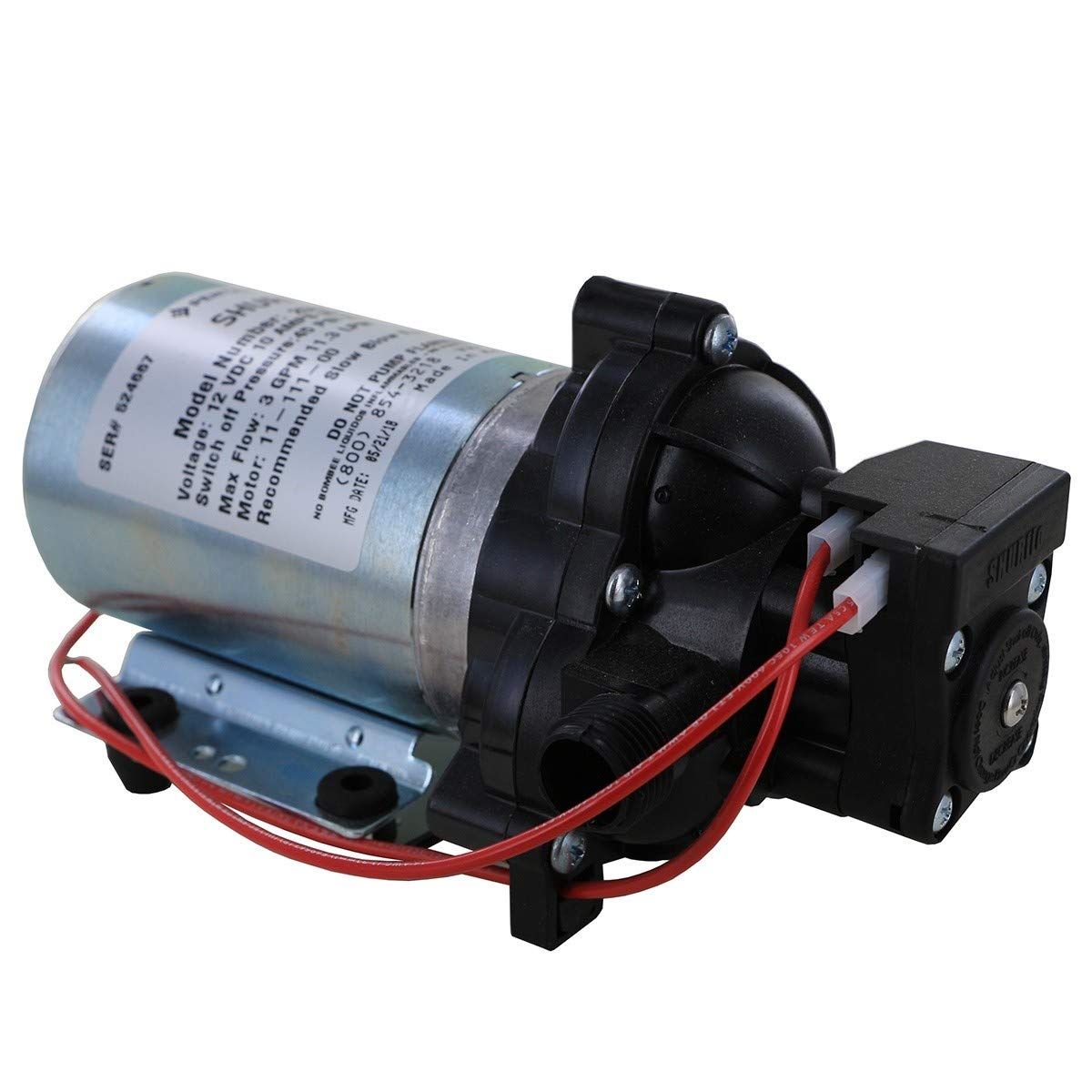
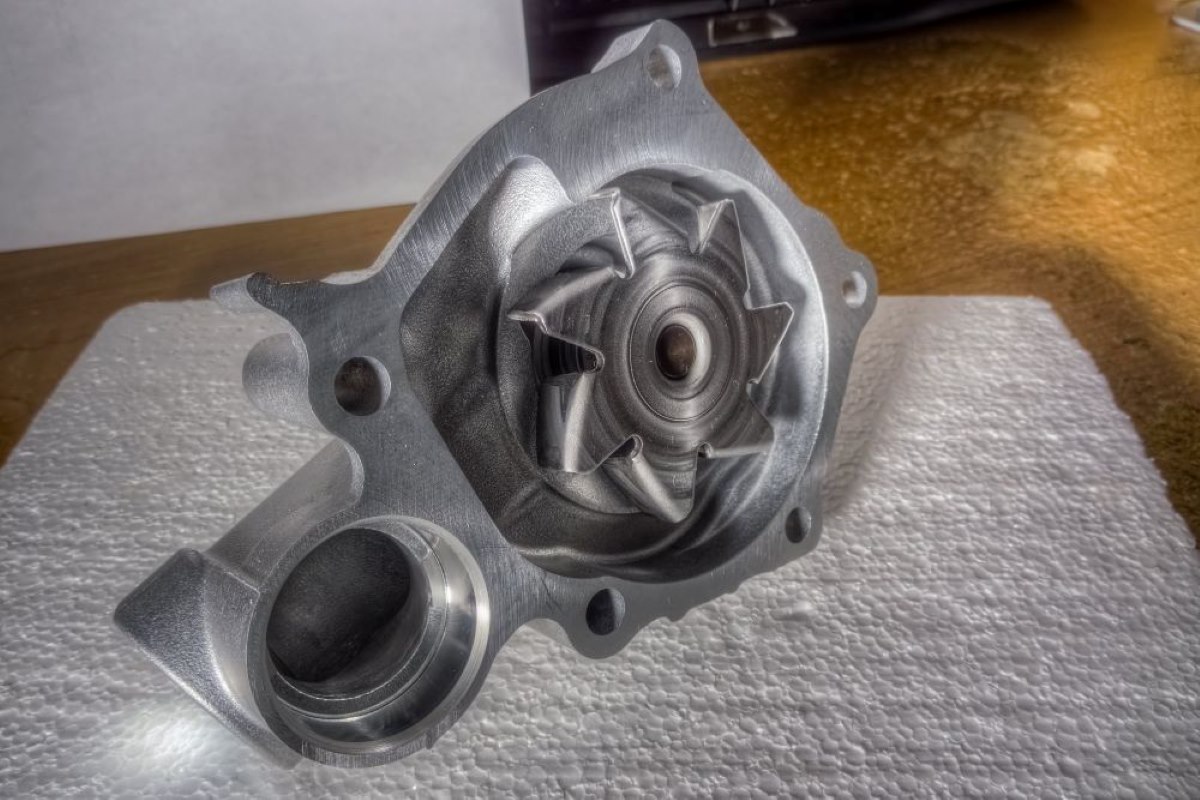

0 thoughts on “What Does Gph Mean On A Water Pump”